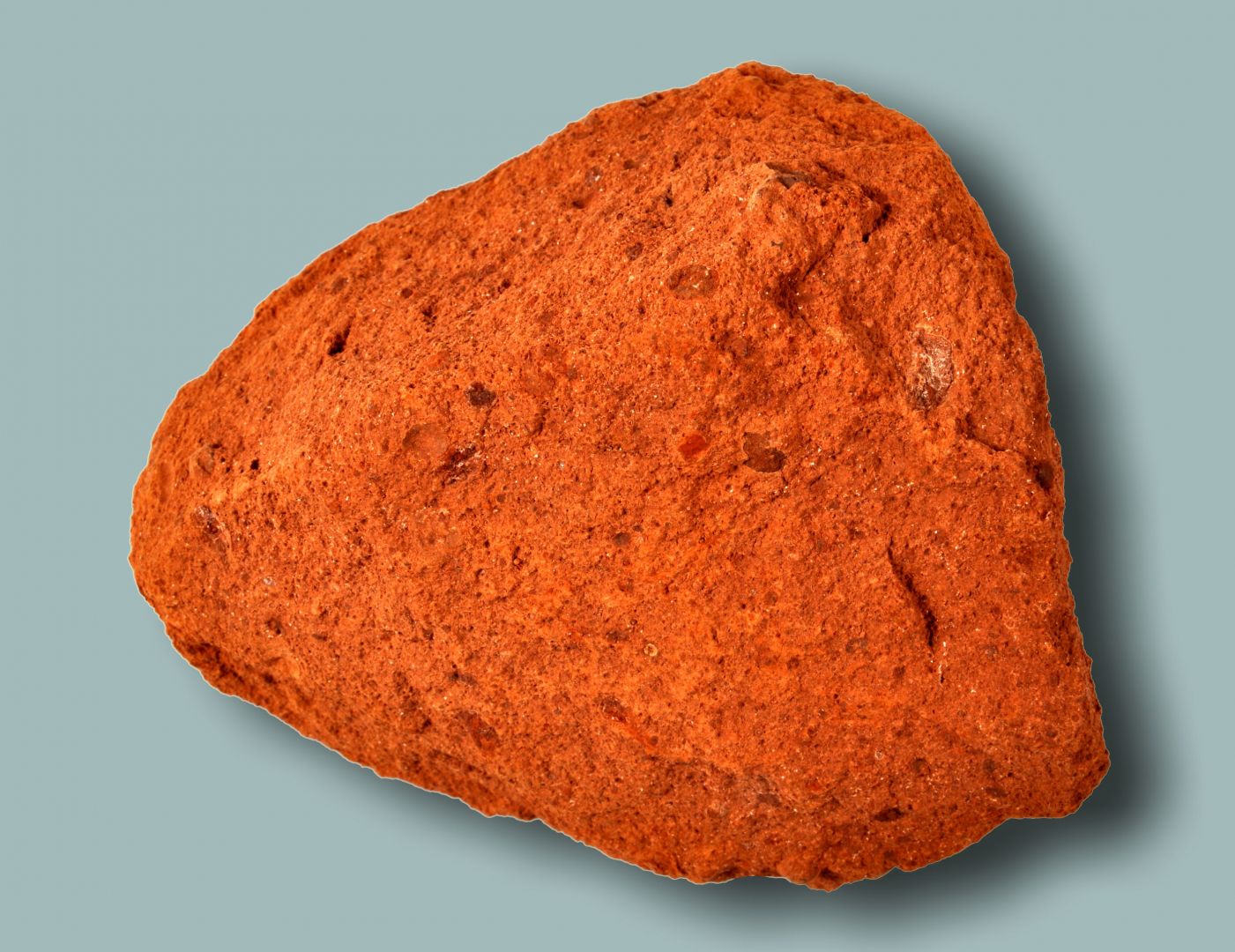MINERALS OF THE CARPATHIANS - 2. view / Buda, Pilis, Gerecse, Vértes, Velence and Bakony Mountains, Balaton Highland, Mecsek and Villány Mountains
The raw material of “Hungarian silver”: bauxite
The extraction of bauxite in Hungary began in 1926 when the mine in Gánt was opened. After that, bauxite mines were established in several settlements, mainly in the Bakony and the Vértes Mountains: Kincsesbánya, Halimba, Eplény, Nyirád, Szőc, Iharkút, etc. The production was the highest in 1980 (nearly 3 million tons), making Hungary one of the ten largest bauxite producers in the world. At that time, the metal extracted from bauxite, i.e. aluminium, was called “Hungarian silver”. Production then steadily declined, and in 2010 the last Hungarian bauxite mine in Bakonyoszlop was closed. Bauxite itself is a clay-like, usually red-coloured rock in which the main ore minerals (commonly referred to as bauxite minerals) are böhmite, gibbsite, and diaspore.
In the picture: Bauxite, Iharkút (Hungary). Size: 12 cm. Photo by Géza Kulcsár.
